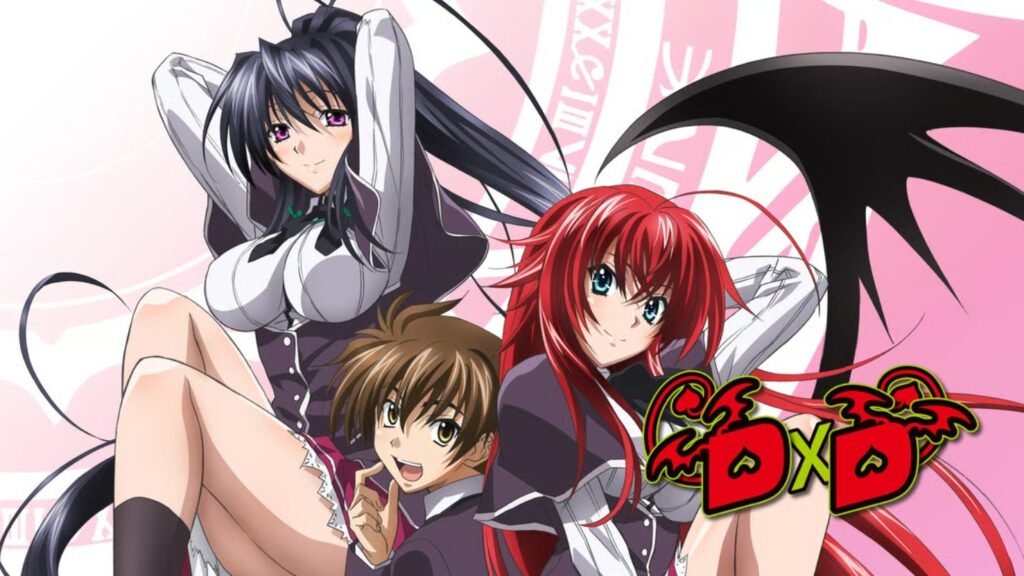15 Banned Anime Around the World
Anime has always been a global phenomenon, but some series have faced restrictions due to their content. In 2025, several banned anime are still discussed by fans and scholars alike. This article explores 15 such series, the reasons behind their bans, and the regions where they were restricted.
Why Some Anime Are Banned
Anime can be banned for several reasons:
- Explicit content or violence
- Political or religious controversies
- Cultural sensitivity in certain regions
- Child safety or disturbing themes
1. Attack on Titan
This globally popular series faced temporary restrictions in some countries due to its graphic violence and themes of war. Fans worldwide still watch it through authorized channels.
2. Death Note
Death Note faced scrutiny for its dark themes and depiction of murder. Certain schools and regions banned it to prevent influencing young viewers.
3. Elfen Lied
Known for extreme violence and nudity, Elfen Lied was banned in multiple countries. Despite this, the series remains a topic of discussion among anime enthusiasts.
4. Tokyo Ghoul
Tokyo Ghoul was restricted in some regions due to its gory visuals and psychological horror. Fans continue to access it online legally or via streaming services.
5. Goblin Slayer
Goblin Slayer faced bans due to its graphic content and controversial depictions. Some streaming platforms added age restrictions to prevent younger audiences from watching it.
6. Punisher: Anime Adaptations
Certain adaptations inspired by Western comics faced restrictions for violence and political content. Fans in restricted areas rely on VPNs or authorized imports.
7. Highschool of the Dead
This zombie apocalypse anime was banned in some countries due to excessive nudity and sexual content. Despite this, it maintains a cult following.
8. School Days
School Days was banned in specific regions for its violent and disturbing themes. Discussions about this series often highlight its dark psychological storylines.
9. Future Diary (Mirai Nikki)
Future Diary faced restrictions because of its intense violence and mature themes. Fans continue to access it through official channels where permitted.
10. Berserk
Berserk has faced bans in several countries due to extreme violence and dark fantasy themes. The series is still widely recognized for its storytelling and animation quality.
11. Higurashi no Naku Koro ni
This horror anime was restricted in some regions because of its graphic violence. However, many fans access it legally through licensed distributors.
12. Interspecies Reviewers
Interspecies Reviewers was banned on multiple platforms for sexual content. Despite controversy, it sparked discussions about anime censorship and cultural differences.
13. Monster
Monster deals with psychological horror and murder mysteries. Some countries restricted it due to violent content and complex adult themes.
14. Legend of the Overfiend (Urotsukidoji)
This OVA series was banned in multiple countries for explicit content. It is often cited in discussions about the limits of anime in mainstream media.
15. Kite
Kite faced bans for violent and sexual content. Despite being controversial, the animation and storyline have earned it a place in anime history.
Accessing Restricted Anime
While these series are banned in certain regions, there are safe ways to explore them:
- Official streaming services offering age-restricted access
- Physical media imports from countries where it is legal
- Educational or research access for cultural studies
FAQs
Q1. Why are some anime banned in certain countries?
Anime may be banned due to graphic violence, sexual content, political or religious sensitivities, or cultural norms in different regions.
Q2. Can fans still watch banned anime legally?
Yes, through official streaming services or physical media from regions where it is allowed. It is important to follow local laws.
Q3. Are these bans permanent?
Not always. Some series face temporary bans or restrictions, which may be lifted with changes in law or content edits.
Q4. How can I discuss banned anime safely online?
Fans can discuss on forums, fan communities, and social media groups, while avoiding illegal sharing of content.
Q5. Do bans affect anime culture globally?
Yes, they influence how content is produced and distributed. Creators sometimes edit content for international releases to comply with local laws.
Conclusion
Exploring banned around the world offers insight into cultural sensitivities and global media regulations. While these series faced restrictions, they continue to impact fans and discussions worldwide. Always access content legally and responsibly, respecting local laws, to enjoy anime safely in 2025.

